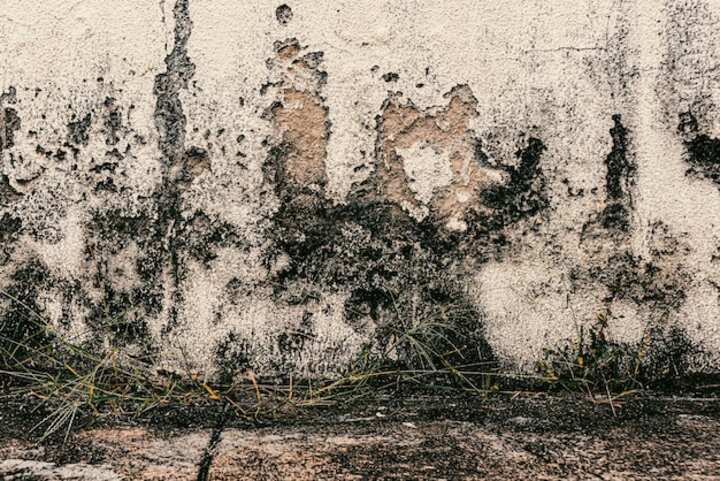
Expert Mold Damage Repair Services in Pittsburgh
Mold damage is a significant concern for property owners in Pittsburgh. The humid climate and seasonal changes can create the perfect environment for mold growth. When mold takes hold, it can cause structural damage to buildings and pose health risks to occupants. Professional mold damage repair services are essential to address this issue effectively. These services not only remove existing mold but also prevent future infestations, safeguarding both property and health.
Understanding Mold Damage
Mold is a type of fungus that thrives in damp, warm, and humid environments. It can grow on a variety of surfaces, including walls, ceilings, floors, and furniture. Mold spores are microscopic and can spread through the air, making it challenging to control once it has started growing.
Common Causes of Mold Growth
- High humidity levels
- Water leaks from roofs, windows, or pipes
- Poor ventilation
- Flooding or water damage
For property owners looking to combat mold growth, it's important to understand these causes and take proactive measures. Find additional information here.
Signs of Mold Damage
Early detection of mold damage can help mitigate its effects. Here are some common signs to look out for:
- Visible mold growth, often appearing as black or green spots
- Musty odors
- Discoloration or staining on walls and ceilings
- Peeling or bubbling paint or wallpaper
- Allergic reactions or respiratory issues among occupants
If any of these signs are detected, it is crucial to consult a professional mold damage repair service. Explore further insights here.
Professional Mold Damage Repair Process
Professional mold damage repair services in Pittsburgh follow a comprehensive process to ensure effective mold removal and prevention. The following steps typically outline the process:
Inspection and Assessment
The first step involves a thorough inspection of the property to assess the extent of mold damage. Professionals use specialized equipment to identify hidden mold and moisture sources. Read more about this topic.
Mold Containment
To prevent the spread of mold spores, containment measures are implemented. This may include sealing off affected areas with barriers and negative air pressure to isolate the contaminated zones.
Mold Removal
Specialists use advanced techniques and equipment to remove mold from surfaces. This may involve cleaning, sanding, or using antimicrobial treatments to ensure all mold is eradicated.
Air Filtration
High-efficiency particulate air (HEPA) vacuums and air scrubbers are used to filter mold spores from the air, improving indoor air quality and reducing the risk of mold recurrence.
Restoration
The final step is to restore any damaged structures or materials. This could involve repairs to drywall, flooring, or other building components. Learn more in this detailed guide.
Preventative Measures
After mold removal, there are several steps property owners can take to prevent mold from returning:
- Maintain low indoor humidity levels (below 60%)
- Use dehumidifiers and air conditioners during humid months
- Ensure proper ventilation in kitchens, bathrooms, and laundry rooms
- Fix leaks promptly and ensure adequate drainage around the property
Learn more in this detailed guide. These measures can help keep mold at bay and ensure a healthy living environment.